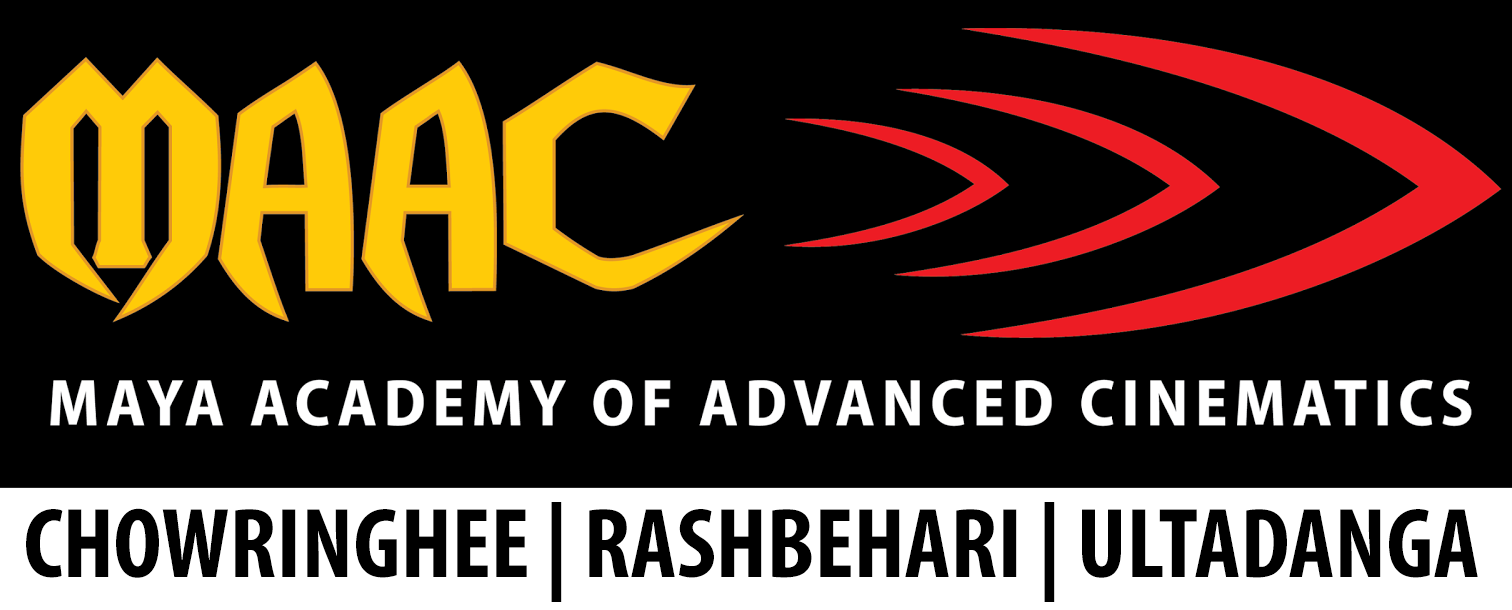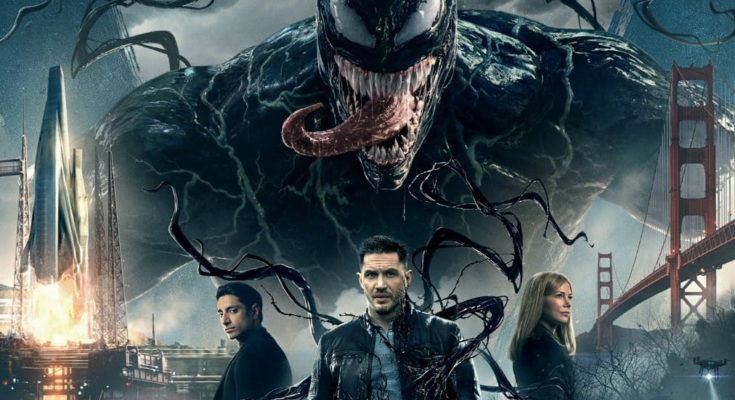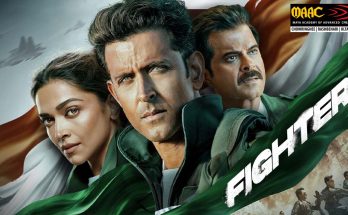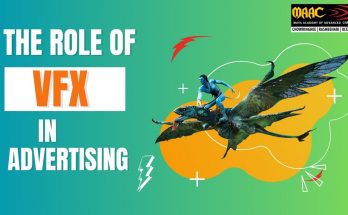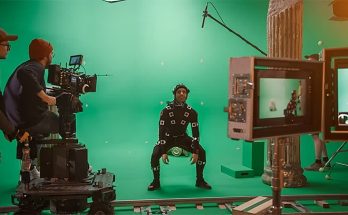In today’s blog we are going to tell you how the extravagant use of Visual Effects gave an amazing over all look to the 2018 film Venom.
Superhero movies are very popular nowadays; Marvel and DC are frequently bringing new characters to the big screen.
Marvel planned to make a movie on their antihero, the live alien Symbiote called Venom after the film Spider-Man: Homecoming.
Directed by Ruben Fleischer, Venom starred Tom Hardy as Eddie Brock/Venom.
Along with Tom Hardy, Michelle Williams played the role of Anne Weying and Riz Ahmed as Carlton Drake.
American superhero film Venom is produced by Columbia Pictures in association with Marvel and Tencent Pictures.
Scott Rosenberg, Jeff Pinkner and Kelly Marcel are the screenplay writers of this movie.
In this film Journalist Brock gains superpowers after being bound to an alien symbiote whose species plans to invade Earth.
In Marvel’s comics based film plots visual effect plays a key role and creates the spectacles.
In Venom Visual Effects transforms ordinary human reporter Eddie Brock into a tentacle-sprouting symbiote freak.
Venom got unexpected box office success by becoming sixth highest-grossing film of 2018 with over $855 million worldwide.
Visual Effects by DNEG
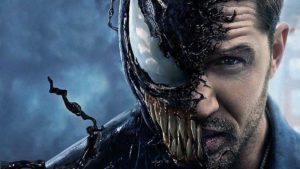
Double Negative (DNEG) provided visual effects for the film and Oscar winner Paul Franklin at DNEG was the VFX supervisor.
Paolo Giandoso helped to design Venom and Riot and provided sequence of 158 drawings for the end final battle between the two characters.
As Franklin said that they wanted the creatures to be predatory and threatening.
So they looked at slime molds, jellyfish and time-lapse photography of amoeba for inspiration.
DNEG delivered about 1100 shots for this movie, they created Computer-generated Imagery powered monster mutations 21 inches taller than Tom Hardy.
In this Marvel Comics-based story journalist Eddie Brock transformed into a tentacle-sprouting symbiote freak.
Venom also featured a fully digital double of Hardy voiced by Tom Hardy.
Black tentacles were inspired by the movement of sea creatures and scientific demonstrations of non-Newtonian fluid.
Supplementary cameras on the set accurately captured Hardy’s movements so the tentacles could be integrated with his performance.
Plenty of in-camera techniques were used to realistically bring the symbiote into life.
Liquid is definitely the hardest thing from the vfx technical point of view.
VFX team added the layers of viscous fluid movement that enhanced and extended the characters’ performance and it took a long time to get the effects correctly.
Venom
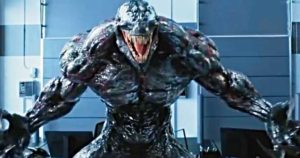
Character Venom was created with a digital model that included rigs and simulation for the face and muscles.
Venom is 7 ft 6 inches, weighs 500 pounds with smooth, oily, black appearance.
As the character’s facial design differs from comic-to-comic and panel-to-panel, the designers only concentrated on the essential element into a design that could be photorealistic.
Franklin designed the character’s eye inspired by a killer whale and animated in a more exaggerated way to indicate where the character is looking since he lacked pupils.
The long tongue of the character is also adapted from the comics and another complex rig required so that tongue could be specifically animated.
Venom often speaks through clenched tooth which was inspired by actors Jack Palance and Clint Eastwood who deliver dialogue through clenched teeth.
Venom’s model was flexible which allowed animators to scale Venom’s head, adjust the length of his teeth and his jaws.
Initially it was planned to use performance capture to portray Venom but this idea was rejected due to difference between his face and character’s.
It was not necessary to add Spider-Man’s symbol to Venom’s chest but the creative team wanted to be accurate to the comic designs, so they added V symbol which formed from the white veins of the symbiot.
To light up the all black character the VFX team used reflections to define his body.
The partial Venom form includes the ‘freak-out’ form, for which a ghostly effect was created by adding an animated version of the character on top of Hardy’s performance with a vibration effect.
To create that scene where Venom’s head emerges from Brock’s body to talk; tendrils and veins were added to create to an overall snake like shape.
Riot The Villain

As Riot is a minor character from the comics, the designers had more freedom to develop his film appearance.
Riot is a foot taller than Venom and twice as heavy as Venom with a ‘metallic look’ that Franklin described as “almost reptilian”.
Character model for Riot was similar to the Venom, but had less effects layers due to Riot not having the same “rippling goo” texture.
Riot also had a custom set of effects for the different weapons that he can manifest, such as blades and a large wrecking ball with spikes.
The VFX team made Riot’s teeth more sharper and fang-like, Riot’s claws longer similar to obsidian knives.
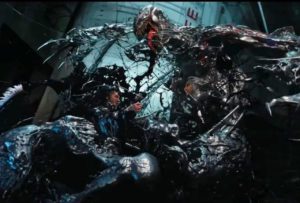
The visual effects teams took advantage of the characters’ liquid-like designs by allowing the two appear to merge and create a swirling mass of symbiotic flesh, with the two humans unveiling through the whirlpool.
There was a detailed pre-visualization before the car chase sequence, which used practical shot against blue-screen.
VFX team added the traffic environment and fixed glass in the car windows, animation and FX together created the webs of gooey tentacles that hold the cars apart, until venom’s tentacles reaches in and spin the cars off the road.
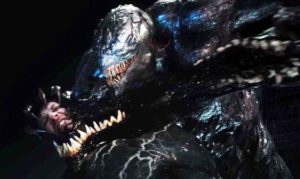
VFX supervisor Paul Franklin wanted the Venom and Riot’s fighting sequence to be more broad, colourful and exciting, to represent more comedic and comic book-like style in the film.
The final fight between Venom and Riot was constantly changing as Franklin, DNEG, and the pre-visualization team at The Third Floor working with Fleischer were constantly delivering inputs to develop the fight.
It is clear from the above text that filmmakers make use of VFX techniques to put life in the comic-book character.
Be a part of our MAAC centres to learn various CGI techniques which are currently in use in all over VFX Industry.
